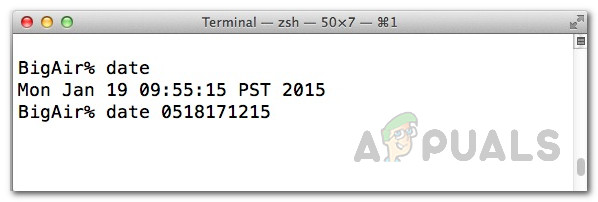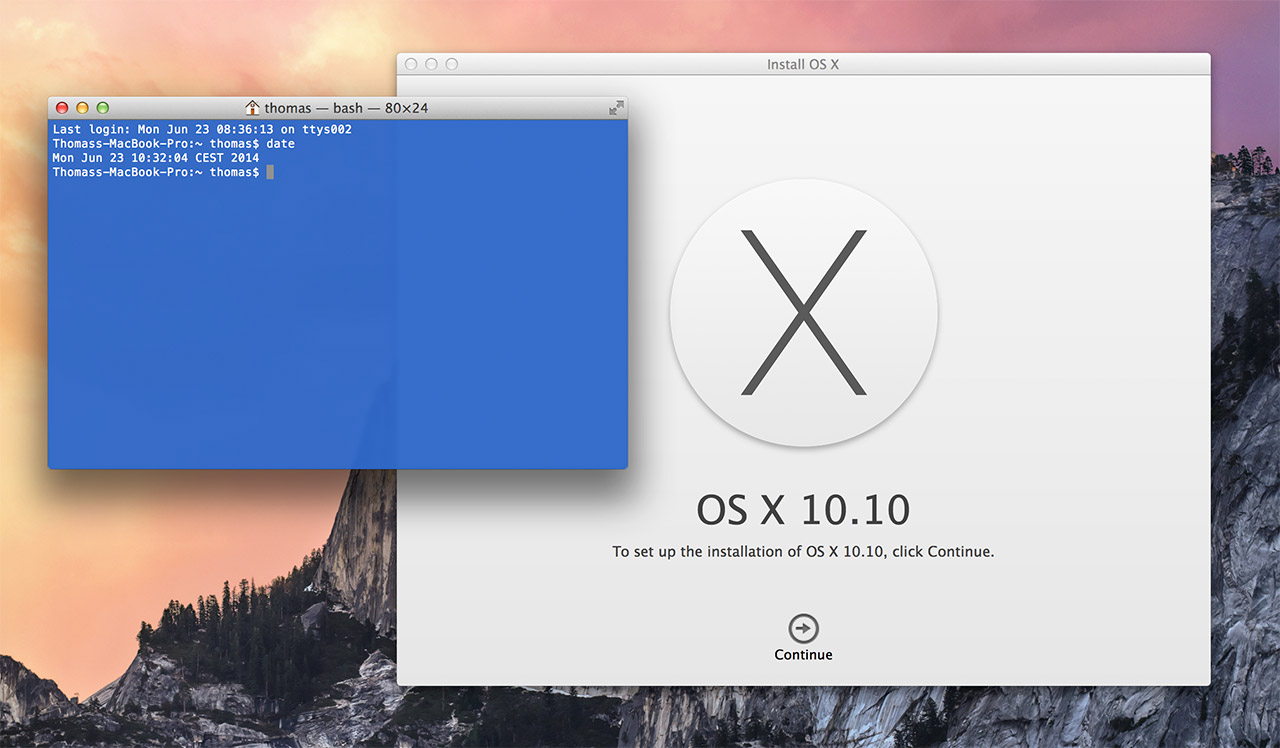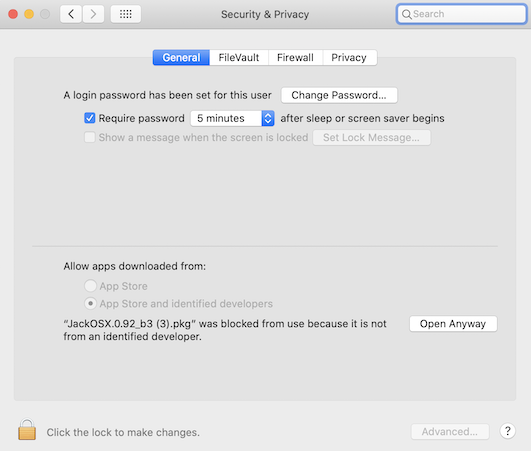Change Date Terminal Mac El Capitan
The other day a co-worker needed to borrow a Mac, so I grabbed an older MacBook Air from storage. I decided to wipe out the laptop’s flash storage and install a fresh version of OS X. I created a bootable USB flash drive installer, plugged it into the laptop, pressed the Option key as the machine booted, and then selected the USB drive as the boot disk.
- El Capitan Software Download
- El Capitan 10.11 Download Free
- El Capitan Free Download
- Mac El Capitan Update

To enable these options to execute in Terminal: sudo spctl –master-disable. System Integrity Protection (SIP) was introduced in El Capitan and is called a rootless mode. It provides more security to your Mac and prevents malware from modifying system files and directories. To Disable Your Mac’s SIP (System Integrity Protection) Restart your Mac.
- The problem is that El Capitan doesn't allow me to change anything in this folder (not even with 'sudo'). The folder and its files are marked as 'restricted' when I list the contents with 'ls -lO'. The same folder listing in previous versions of OS X does not show 'restricted'. Is this something new to OS X El Capitan?
- Type date into Terminal followed by today’s date in this format month day hour minute year so today is July 11, 2016, 2:15 that would be date then press enter. Of course, your.
- In short once you are at the first install page go to tools in the nav bar and open the terminal, in the terminal type date MMDDHHmmYY replacing the letters as follows. MM - 2 digit month 01 - 12 DD - 2 digit date 01 - 31 HH - 2 digit hour 01 - 24 mm - 2 digit minute 01 - 59 YY - 2 digit year 15 once that is done go through the install normally.
- You can access the Terminal by clicking on the Utilities menu and selecting Terminal. Once the Terminal has launched, follow these steps. At the prompt, type date to see the date that’s on the Mac.
I then ran Disk Utility to reformat the drive and then ran the installer to install OS X. It looked like things were moving along, until this appeared on the screen.
I created another boot disk using a different storage drive, in case it was a hardware problem, but I got the same error. I figured that the fact that the laptop had been in storage for a while had something to do with it, and it did.
Note: This fix should work with OS X Mavericks and El Capitan. It also worked for me with macOS Sierra, which shows a different error message (“The installer payload failed signature check” pops up near the end of the installation) than the one that appears for El Capitan and Mavericks.
El Capitan Software Download


How to fix the problem
The installer checks the date on the computer. If the date isn’t current, you get the error above. The fix involves correcting the date on your Mac.
If you have an older OS on the Mac
If you have a complete OS on the Mac already, boot into it. Fix the date in the Date & Time system preference (Apple menu > System Preferences). Reboot using the USB boot disk, and you should be able to proceed with the installation.
If you don’t have an OS on the Mac
If you are in a situation like I was, and you don’t have a complete OS on your disk (you reformatted it), you’ll find that there’s no way to access the Date & Time system preference when you use an external USB boot installer drive. The Apple menu doesn’t give you access to System Preferences. You have to use the Terminal to set the date and time.
If you use an external boot disk, you Mac starts up into OS X Disk Utilities. You can access the Terminal by clicking on the Utilities menu and selecting Terminal. Once the Terminal has launched, follow these steps.
- At the prompt, type
dateto see the date that’s on the Mac. For example, here’s the date of the MacBook Air I worked on.
- If your Mac is connected to the internet, you can tell your Mac to check online for the current date and time. You can do this by typing at the prompt
ntpdate -u time.apple.comand then pressing Return.
Your Mac should now have the current date and time. If you enter date again (as I did in the screenshot above) the information that appears will be current. You can now run the OS installer.


If you don’t have an internet connection
You can still use Terminal to set the date. Go into the Terminal as described above, then follow these steps.
El Capitan 10.11 Download Free
- At the prompt, type
dateto see the date that’s on the Mac. - Figure out the numerical representation of the date and time. The pattern you need to follow:
- Month: in two-digit format. For example, July is 07.
- Day: in two-digit format. For example, the 19th is 19. Another example: the 7th is 07.
- Time: in military format of hours and minutes. For example, 2:00 p.m. is 1400.
- Year: Last two digits.
El Capitan Free Download
In my example, the numerical representation is 0719140016. This stands for July (07) 19, (19), 2 p.m. (1400), 2016 (16).
- At the prompt, type
date [numerical], with[numerical]being the representation you figured out. In my example, I typeddate 0719140016. Then press Return.
Mac El Capitan Update
The date should be set. You can check the date again by typing date at the prompt. You can now run the installer.